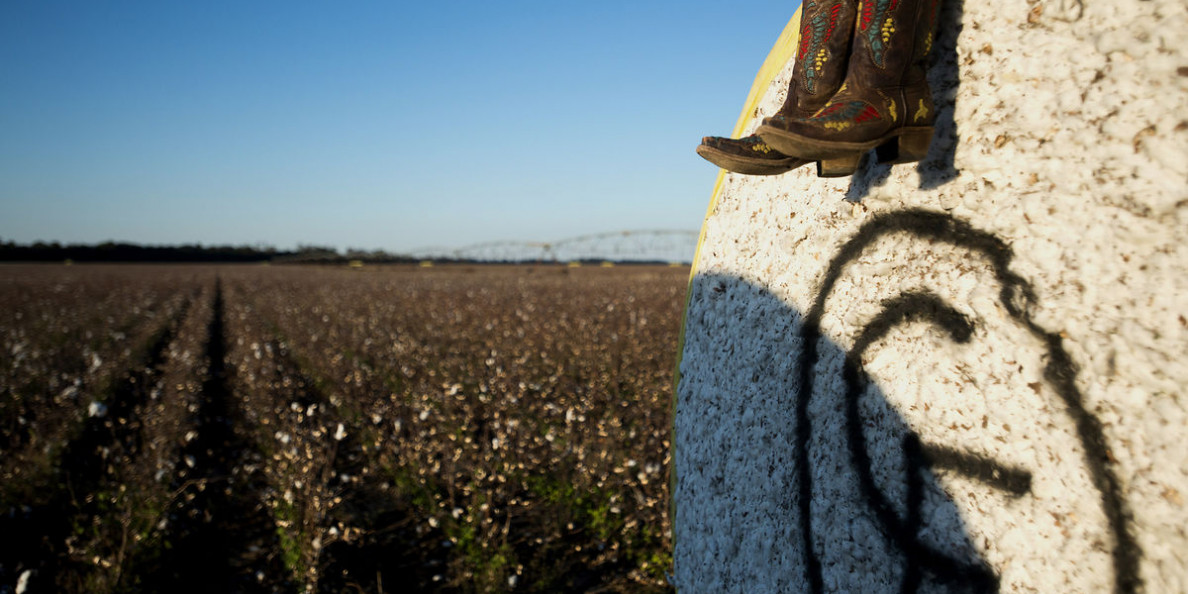November 11, 2022
- Stocks Have Largest One-Day Climb in Over Two Years
- WASDE Raised U.S. Production to 14.03 Million Bales
- Week’s Biggest Buyers: China, Pakistan, and Vietnam
- U.S. Crop 62% Harvested
December cotton continued upward for most of the week before fundamental data received sent prices back down. On Tuesday, December cotton prices finished up for the sixth consecutive session, and the highest close since mid-October. A bearish WASDE was released Wednesday sending prices back down. December futures traded sideways Thursday, before finishing the week at 86.38 cents per pound, up 338 points for the week. Total open interest saw a loss of 20,860 contracts to end the week at 230,832.
Outside Markets
The election and inflation were the headline for outside markets this week. After a tumultuous week early on, stocks ended the week with the largest one-day climb in over two years. The U.S. Consumer Price Index (CPI) came in weaker than expected at 0.4% month-over-month, and 7.7% year-over-year. It was predicted that the numbers would be approximately 20 basis points higher, so stocks soared to the news that inflation might be cooling. The dollar, however, did not react to the CPI release well and dropped to an eight-week low. The labor market appears to be weakening as well, with jobless claims rising to 225,000, higher than the expectations of 220,000. The lower-than-expected data was welcome in outside markets, but whether it will slow the Fed’s aggressive stance on interest rate increases is still to be determined. Continuing weak economic data could give the Fed room to slow the pace of rate increases, but it is highly unexpected that a pause in increases will occur anytime soon.
WASDE
The USDA released the November World Agricultural Supply and Demand Estimates on Wednesday, providing the market with fresh fundamental information to consider. On the U.S. side, production was raised 220,000 bales to 14.03 million bales. The change was surprising to some traders, many of whom expected production to be decreased, and sent cotton prices in a downward spiral. Due to the increase in production, ending stocks were also raised 200,000 bales to 3 million bales. For the Southwest, the U.S. Production report showed that Texas production decreased by 100,000 bales to 3.3 million, Oklahoma was down 10,000 bales to 220,000, and Kansas increased 5,000 bales to 175,000.
Foreign production saw a decrease of 1.62 million bales to 116.43 million bales. The biggest change in production was seen in Pakistan, where production was cut 700,000 bales to 4.5 million bales. Consumption was reported at 114.95 million bales, a decrease of 650,000 bales. Other than these changes, the foreign side of the balance sheet remained relatively unchanged.
Export Sales
The U.S. Export Sales Report revealed modest, but decent, sales for the week ending November 3. Net sales of 145,800 Upland bales were booked for the current crop year. The biggest buyer for the second week in a row was China with 57,300 bales, followed by Pakistan booking 40,500 bales, and Vietnam with 23,4000 bales. Considering the price action of the cotton market recently, not much better sales could be anticipated. Shipments were lagging compared to what has been reported recently, with only 108,100 bales getting exported this week. Pima sales of 600 bales were made and 3,400 bales were shipped.
Crop Progress and Weather
Weather has been fairly mild across West Texas and much of the Cotton Belt throughout the week. Mild temperatures will not be the case in the coming week. A cold front will be moving across the U.S. this weekend, keeping many areas across the country cold for the next couple of weeks. Moisture is expected with this ridge, which could impact the cotton still needing to be harvested. Texas is currently 51% harvested, so open skies will be preferred in the coming weeks to continue on pace. Across the U.S., harvest is still progressing above average with 62% of the crop out of the fields already. Hurricane Nicole made landfall in Florida, the first hurricane to make landfall in the U.S. in almost 40 years. The hurricane will bring precipitation across the Southeast, relieving areas of drought where it is still present. Producers in this area were hurrying to get the remaining crop out before the precipitation came, so an impact on yields could be possible.
The Week Ahead
The numbers on the WASDE still have many traders wondering what will happen with the U.S. crop overall. With the market focusing on the First Notice Day period, expect to see market activity flowing from the December contract to the March contract. Otherwise, the market will continue to focus on the usual macroeconomic data, the weekly Export Sales Report, and the Crop Progress Report.
In the Week Ahead:
- Monday at 2:30 p.m. Central – Commitments of Traders
- Monday at 3:00 p.m. Central – Crop Progress and Condition
- Thursday at 7:30 a.m. Central – Export Sales Report
- Thursday at 2:30 p.m. Central – Cotton On-Call


